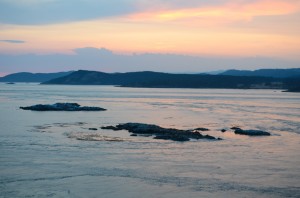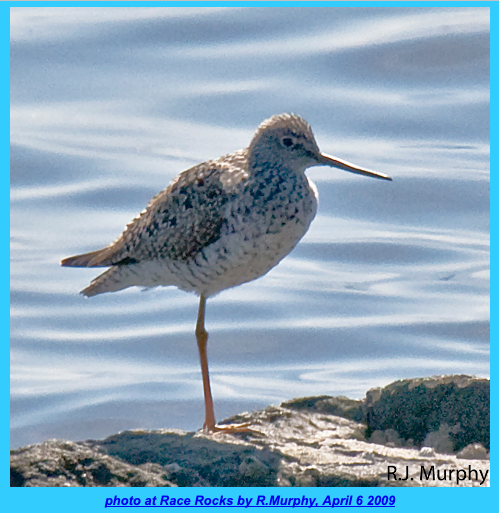Low winds today picking up in the afternoon/evening. Clear skies for most of the day. Forecasted winds of 15 knots for tomorrow morning rising to 30 in the afternoon.
Animal Census (by Anne):
37 whale watching boats
5 recreational boats
3-4 trips from Second Nature
Baleen whale this morning spotted feeding in the same place as yesterday evening, to the SW end of the reserve.
Anne continued with training today. James from Hybrid Plumbing came out to fix the water heater this morning. Changed cartridge filters on desalinator. Prepared for shift change.


